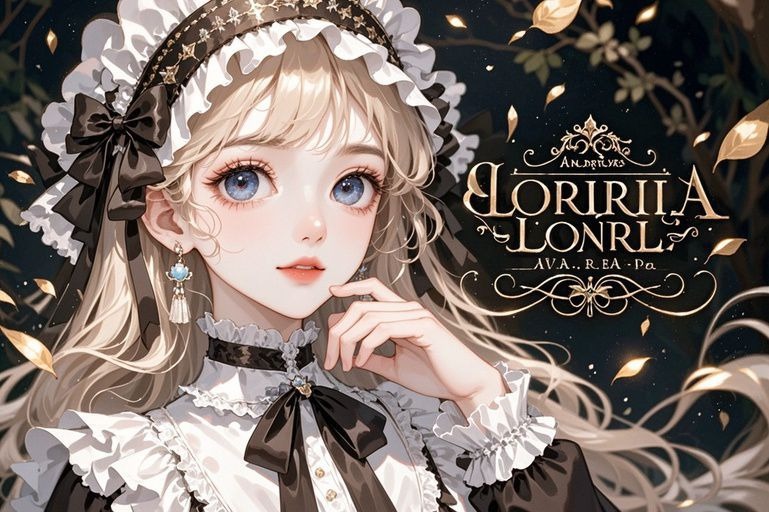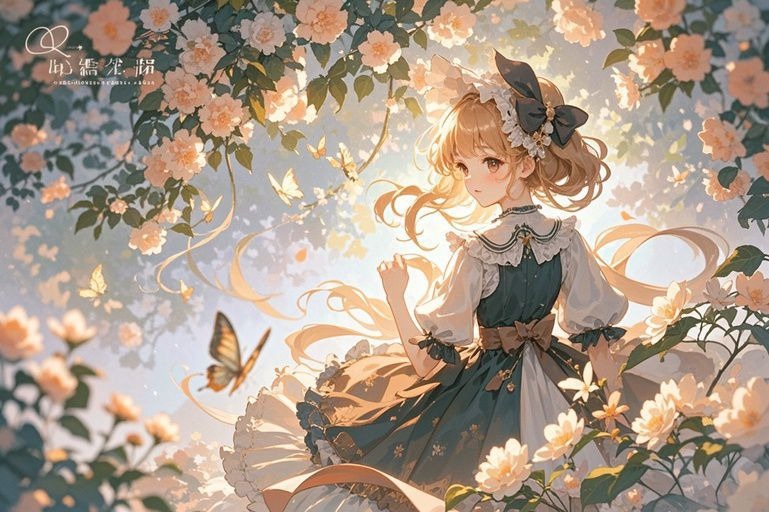This review may have a key plot reveal
“Recently, I reread one of the most shocking novels of the 20th century, Lolita. In the past, I never thought Nabokov was anything special; I just felt that this old man liked to show off his skills and criticize others. But now, I truly think he is remarkable. I don’t say this to flatter a dead person, but because he was clearly a realist yet wrote an elegant romantic novel. It’s like how Haizi was a realist but wrote the best romantic poetry of the 1970s. They have no connection whatsoever, but both are people we should look up to in admiration.

As for Lolita, it has been misinterpreted in many ways since its publication over 50 years ago. First, its theme, and later its writing techniques. In fact, Nabokov tells a straightforward story: A university professor, Humbert, becomes obsessed with a young girl named Annabel, who was his first love in Europe. This obsession leads him to develop a mental illness that could be described as “pedophilia.” During a period of therapy in America, he unintentionally falls in love with a 12-year-old girl named Lolita, who resembles Annabel. Humbert becomes her stepfather to get closer to her. His wife quickly discovers his intentions, and just as he plans to leave, Lolita’s mother dies in a car accident while sending a letter. Humbert gains custody of Lolita and, under the pretense of transferring her to another school, takes her on a journey, where he takes advantage of her. Inspired by the playwright Quilty, Lolita eventually runs away, marries a disabled war veteran, and Humbert, in despair, kills Quilty before being arrested.
Initially, the book was banned for a simple reason: its theme of abnormal love. Later, its unconventional writing style and the social implications it suggested were widely questioned. Some claimed it was an autobiographical novel about Nabokov’s own identity, while others said it reflected the divide between Eastern and Western social systems. However, Nabokov himself responded clearly to this. His main point was, “Any work of fiction that is analyzed through the lens of social values is absurd and laughable.” “Novel writing is amoral and irrational.” In my view, regardless of how it’s interpreted, one thing is undeniable: this is a surreal, romantic novel. All the joys, sorrows, desires, and pursuits of life are expressed in it, all blended together in these 500 pages.”
“The language of Lolita is quite beautiful, and it has one of the most famous openings in the history of world literature: ‘Lolita, my light of life, my fire of desire, my sin, my soul.’ When writing about Humbert and Annabel’s love affair, the author describes it like this: ‘Suddenly, we were madly, awkwardly, shamelessly, painfully in love with each other, and I should add, without hope; because that frantic mutual possession could only be alleviated by our actual absorption and fusion of each other’s souls and bodies.’ Later, in his brief marriage to Valeria in Paris, Humbert fantasizes: ‘I sat in the bathtub, feeling like Marat, except there was no pale-necked, snow-white girl coming to stab me.’ In his marriage to Lolita’s mother, Humbert expresses a similar sense of discomfort: ‘So I, like a tomcat, quietly peered through the fence of years, looking into some dark little windows. When she, with her passionate, pitiful, innocent, seductive caresses, prepared me with her full breasts and sturdy thighs to fulfill my nightly duty, what I desperately wanted to smell, as I howled through the darkness, the withered underbrush, was still the scent of a seductive young girl.’ After the playwright Quilty gets involved, Humbert ‘thought to himself, those reckless little creatures had forgotten everything, everything, while we old lovers still cherished every moment of her seductive girlhood.’

A particularly noteworthy part, which I also really like, is the final sentence of the book, which is full of flavor: ‘I think of the European bison and angels, of the secret of enduring paint, of prophetic sonnets, of the sanctuary of art. These are the only immortal things you and I share, my Lolita.’
The last sentence of the novel reminds me of a view from Tolstoy, who believed that a long novel should release a ray of light on the very first page, a light that guides the first half of the novel. The final page must also have a ray of light that pulls the second half of the novel along, and then the two rays of light meet. In this regard, Nabokov did it with great precision. These elegant, unique words are for the connoisseurs of fine art, because Lolita is truly a book that demands a great deal of thought.
In my reading experience, about 90% of famous works bear the distinctive writing marks of the author. For example, if I were to write a novel, I would unconsciously tell a couple of off-color jokes—this is a personal quirk. As for Lolita, the most apparent mark of Nabokov’s writing is the use of irony, parody, and a playful attitude toward writing. In this book, Nabokov applies these techniques to their peak, which made me realize with surprise that literature, for this old man, was not a difficult matter at all. Literature was nothing but a toy in his hands.”
“In the book, there are solemn-sounding diaries, sincere yet laughable final-ultimatum-style love letters, absurd detective-style tracking investigations, a seemingly contradictory Stevens-like novel with a split personality, pompously serious legal discourse and theoretical research, poorly produced book and newspaper excerpts, bombastic advertising slogans, and numerous parenthetical asides and supplementary remarks. These elements together create a narrative atmosphere that feels like a carnival of playful games. Nabokov also parodies the styles of over sixty top-tier artists within the book. These inserted texts give the novel a tremendous richness in narrative layers and content, while also lending the story an absurd, farcical tone. These originally unrelated literary forms coexist in one space, altering the usual connotations that different stylistic forms typically reflect. The distortion and loss of the meaning of these styles completely dismantle the superficial meaning of the novel.

Lolita is a dream, a memory, an irretrievable past. Its simplest thread is: Humbert narrates his childhood love for Annabel, describes his liaisons with the prostitute Monique in Paris, and his brief marriage to Valeria. He reflects on how he discovered Lolita and his marriage to her mother, Charlotte Haze. After Lolita disappears, Humbert spends his time searching for her and for Quilty, the man who ‘kidnapped’ her, ultimately finding Quilty and killing him. These events cast a dreamlike, hazy atmosphere over the work. Of course, these analyses are superficial and pale—the true complexity of Lolita is much greater than we can imagine.”

 Essays on CLassic
Essays on CLassic